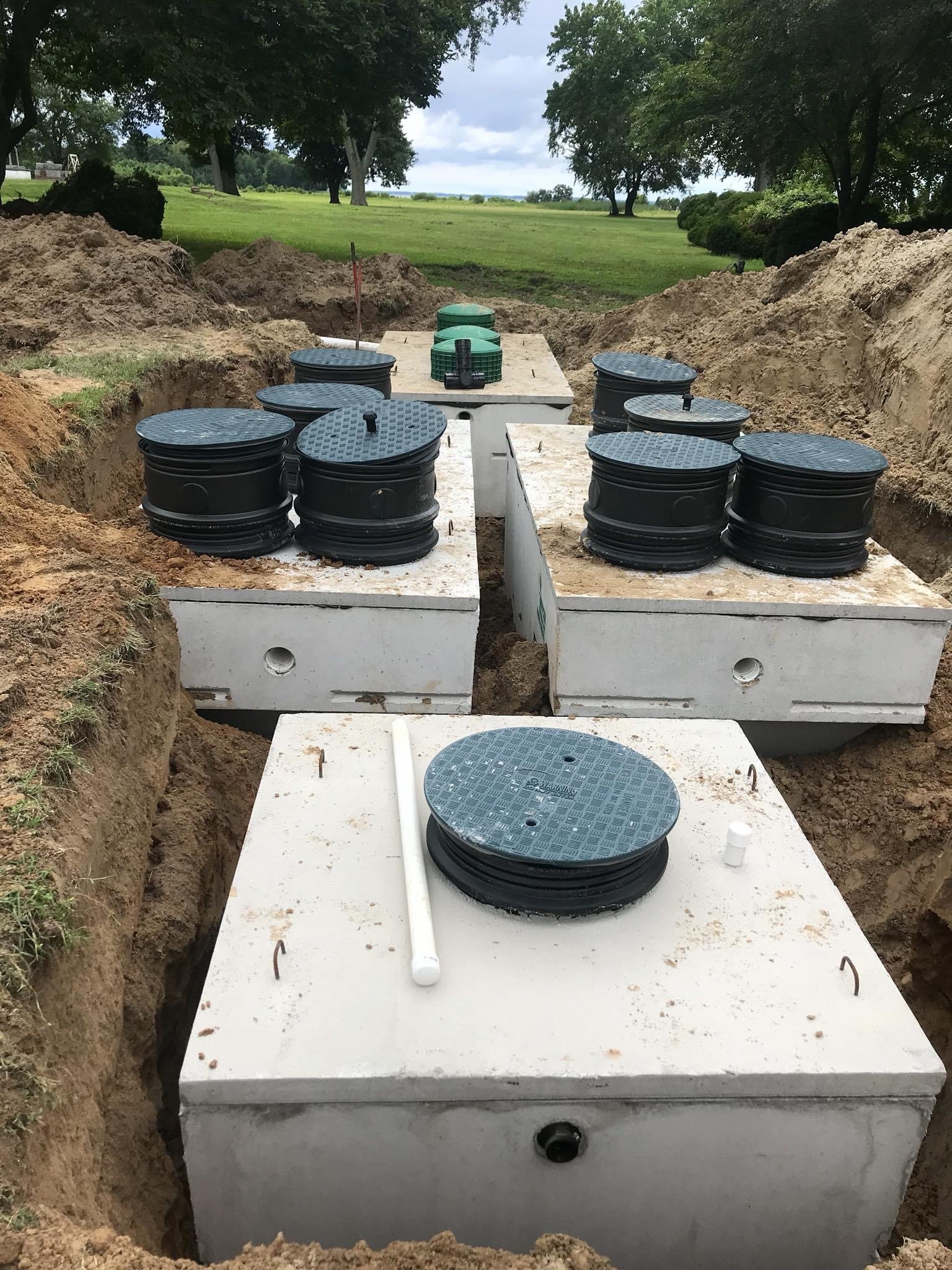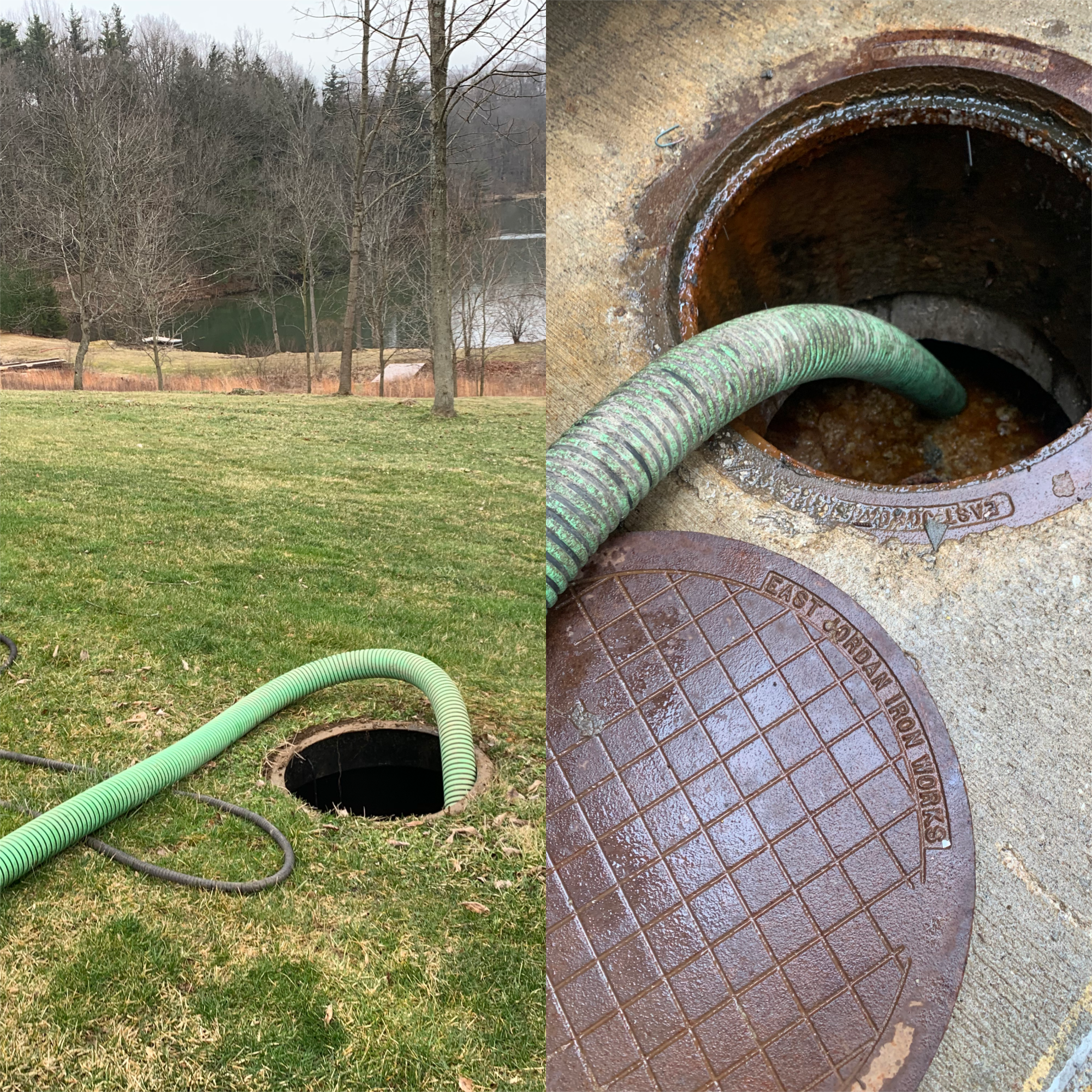What Does Stillwell Septic And Grading Do?
What Does Stillwell Septic And Grading Do?
Blog Article
9 Easy Facts About Stillwell Septic And Grading Shown
Table of ContentsSome Known Details About Stillwell Septic And Grading Excitement About Stillwell Septic And Grading3 Simple Techniques For Stillwell Septic And GradingThe smart Trick of Stillwell Septic And Grading That Nobody is DiscussingExamine This Report on Stillwell Septic And GradingThe Ultimate Guide To Stillwell Septic And Grading
Repair dripping faucets and pipes fixtures. https://stillwellsag.wordpress.com/2024/03/13/revolutionizing-waste-management-stillwell-septic-and-grading-masters-the-art-of-septic-tank-installation-repairs-and-more/. A dripping commode can squander hundreds of gallons of water a day. Take much shorter showers. Strive for less than 5 and do the shower jive. Take bathrooms with a partially-filled bathtub and do not leave the tap running when doing other tasks. Clean only complete lots of dishes and washing.
Not known Details About Stillwell Septic And Grading
Avoid burning stacks of fallen leaves or branches over the drainfield, as the warmth could harm the plastic pipes below. Limit the addition of topsoil or compost to no even more than 2 to three inches over the drainfield. Septic Service, Maintenance and Installation. An excellent general rule for landscaping over drainfields is to utilize shallow-rooted plants that do not require additional topsoil to grow
Grasses, blended wildflowers, and ground covers with shallow origins are excellent alternatives. Plant trees and hedges at the very least 30 feet away from your septic tank and drainfield to maintain roots from obtaining right into and breaking or blocking the drainfield pipes.
A septic system failing causes neglected sewage to be launched and transferred to where it ought to not be. This might trigger sewage to come to the surface area of the ground around the container or the drainfield or to back up in pipes in the building.
The Main Principles Of Stillwell Septic And Grading
For the most part, the individual who drops in ventures out without significant injury. A child's awful death is a pointer to inspect your septic system for damaged or missing out on lids. https://www.twitch.tv/stillwellsag/about. Owners of septic tanks are accountable for making sure the systems are risk-free and function appropriately, consisting of having a safe and secure lid on the tanks
Consistently examine the problem of the covers for dangers or troubles. Maintain the covers safe and secure by repairing or changing all harmed or missing out on parts. Usage bolts, screws, or other locks to safeguard the covers and avoid easy accessibility. Never ever drive or park lorries on top of septic systems- it can harm or dislodge the cover.
The Best Strategy To Use For Stillwell Septic And Grading
Make certain the covers are secured after servicing your septic tank. Show kids that the septic container lids are not to be played on or opened. Have septic systems that are no much longer in use appropriately deactivated. For various other basic secure practices around septic systems please evaluation the Septics 201 Do It Yourself Program Septic Safety Tips.
Noting the levels will certainly aid identify if there is a prospective concern with the system. Then, the storage tank will certainly be totally pumped down, getting rid of all of the fluid and strong waste. As soon as the tank is totally pumped, the inlet and outlet tees of the will certainly be examined to guarantee they are still undamaged and functioning appropriately
4 Simple Techniques For Stillwell Septic And Grading
If you are home at the time of service (absolutely not called for if that's not your point) you might be asked to purge your commodes to guarantee everything is flowing properly. Once the solution is full, the septic system will certainly be covered as it was when we arrived! Experts recommend having your system pumped every 3 to 5 years yet a number of aspects need to be considered when determining exactly how usually your sewage-disposal tank needs to be serviced.

If you are experiencing smells in your home, give us a telephone call. This might be an indication of an upcoming septic back up! Possibly. If your septic has actually not been serviced in even more than 6 months, we would desire to service the septic. If the issue persists, a drain cleaner will then be sent out to get rid of the line to the septic container.
Get This Report about Stillwell Septic And Grading

If the try this site ponding is concentrated over the leach area that could mean a leach line is blocked with Bio-Mat and requires to be repaired or changed. The majority of septic storage tanks have 2 to three covers; one over the inlet side of the septic system (where the water from your home goes into the container), one in the center of the storage tank, and one on the outlet side of the storage tank (where the fluid from the tank exits to your leach area).
Chopped up food bits do not break down in the sewage-disposal tank and can make their way out right into your leach area lines triggering clogs. Waste disposal unit, also those significant septic risk-free, are not considered valuable for your septic tank. Proper functioning degree is where the water level in your container meets the electrical outlet tee of the container.
Report this page